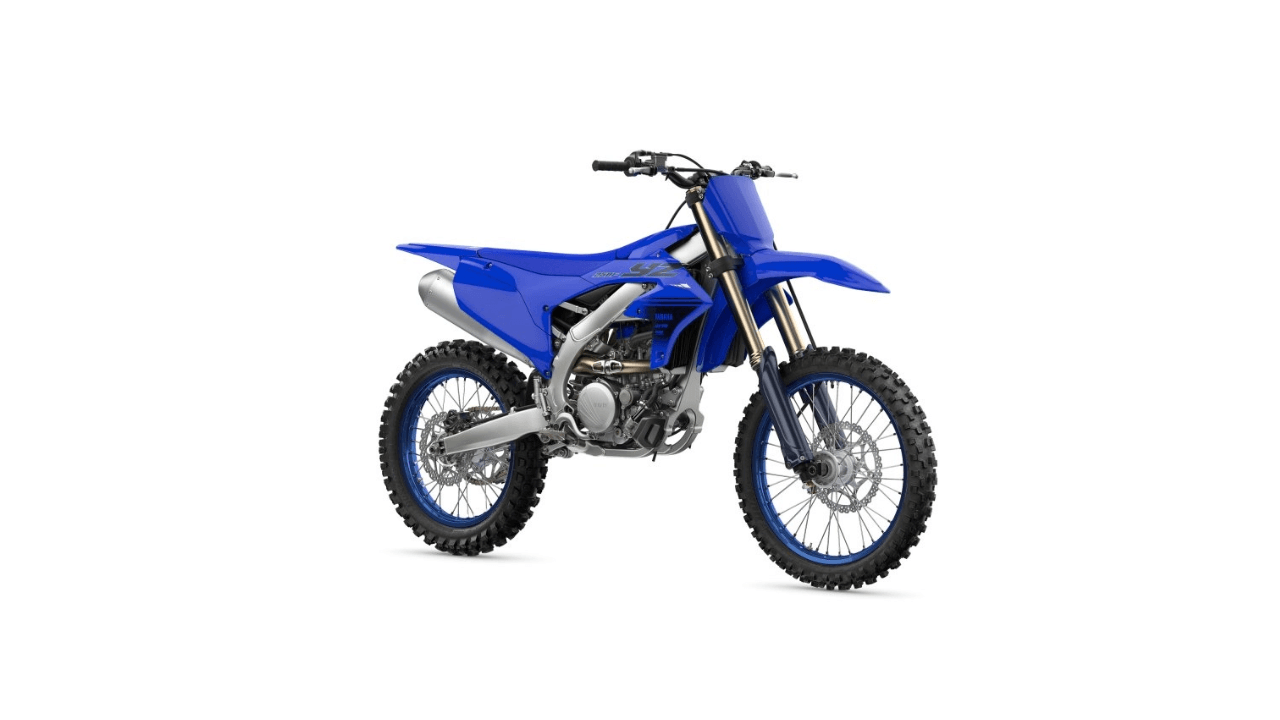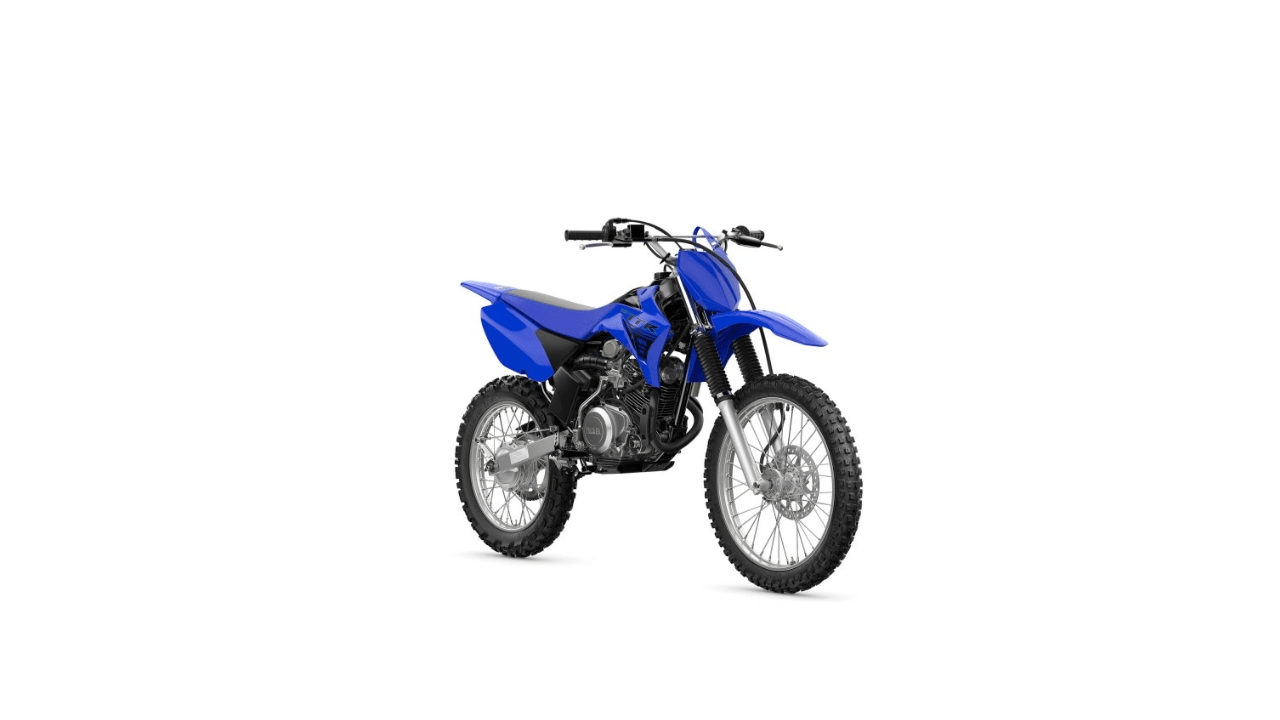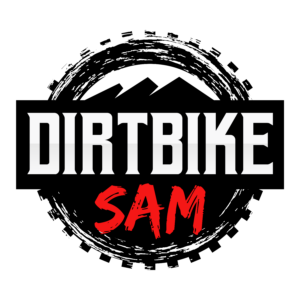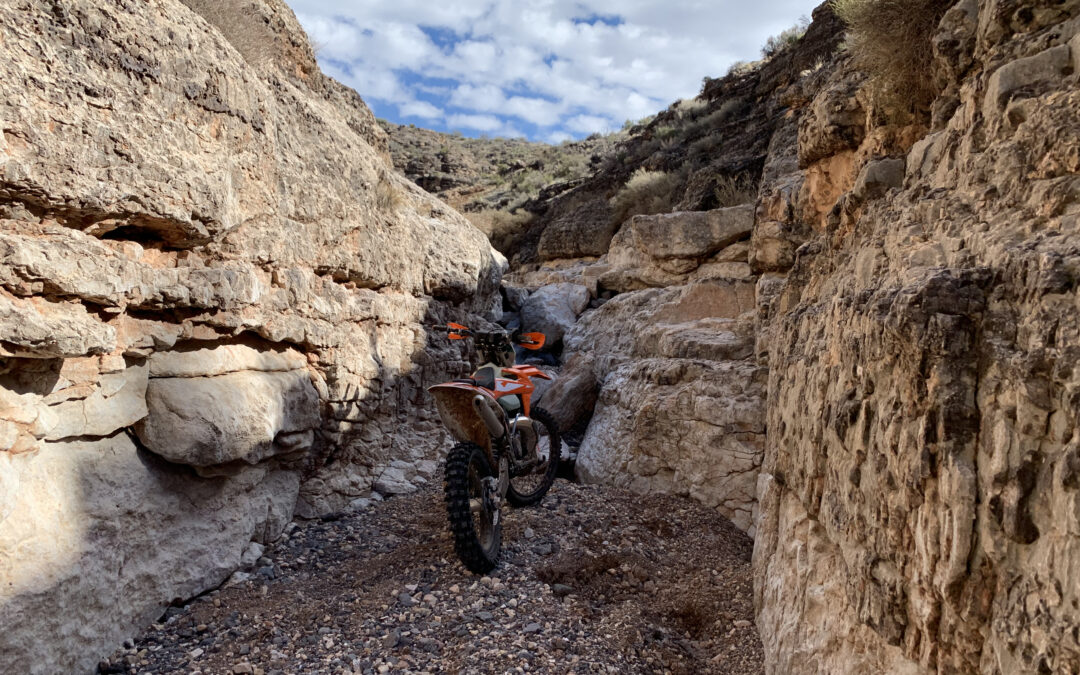Dirt biking is one of my favorite things to do! Below is some great knowledge I wish I had when searching for my first dirt bike.
There are lots of options for choosing the right size of dirt bikes. This is a good thing to have so many options but it can be a bit difficult on knowing what size works best for you and the type of dirt biking you plan on doing.
Below we are going to go over some really important dirt bike knowledge that will help you choose the right-sized dirt bike for you.
Here are some great articles for your specific age group and which dirt bike you should choose CLICK LINK:
| Seat Height (inches) | Engine Size (cc) | Comments |
| 19″ – 24″ | 50cc – 110cc | Ideal for young beginners, ensuring easy control. |
| 24″ – 30″ | 85cc – 125cc | Good for older kids or short adults, balanced power. |
| 30″ – 34″ | 125cc – 150cc | Best for teens and average-height riders, comfortable. |
| 34″ – 38″ | 250cc – 450cc | Suited for taller adults, more power and performance. |
| 38″ and above | 450cc and up | For very tall riders, emphasizing high performance. |
First, let’s talk about a few different things to note when it comes to engine or CC size on a dirt bike…
There are dirt bikes that are built for riding trails and dirt bikes built for racing. A trail dirt bike will not be as good or as safe on a motocross track as a dirt bike that has been built for motocross racing. A race dirt bike has WAY more power and much larger seat height and suspension travel versus a trail riding dirt bike.
Dirt Bike Differences:
- Engine CC size
- Seat Height
- Engine Tuning
- Trail Dirt Bike
- Hard Enduro Race Dirt Bike
- Cross Country Race Dirt Bike
- Motocross Race Dirt Bike
Dirt bikes come in all different shapes and sizes. For example, a common Yamaha motor CC size is 250! Now, not all 250 dirt bikes are created equal.

An air-cooled 250 cc four-stroke dirt bike has more beginner-friendly power (see above picture).

A liquid-cooled high compression 250 four-stroke is generally meant for racing and has WAY more power (see above picture).

A 250cc 2 stroke was WAY more power than the 250cc 4-stroke. The 250cc 2 stroke power is more comparable to a 450cc four-stroke dirt bike (See above photo).
Dirt Bike Seat Height
Dirt Bike seat height is the measurement from the ground to the top of the dirt bike seat. This is different in pretty much all dirt bikes. When you are getting started into dirt biking it’s nice to be able to feel the security of being able to touch the ground with both feet.
Now, do you have to be able to touch with both feet in order to ride a dirt bike?
NO
I have friends that I ride with that cannot touch the ground with both feet. However, when learning to ride a dirt bike its nice!
Best Dirt Bike Engine Type for Beginners
If you are a beginner dirt bike rider you will want to find a dirt bike that does not have too much power that it causes you to get hurt or is too scary to ride.
Like I mentioned above the air-cooled 4-stroke dirt bikes are the least powerful and the most beginner-friendly. Also, these air-cooled dirt bikes also have a lower seat height versus the motocross, hard enduro, and cross country dirt bikes.
These air-cooled dirt bikes are considered trail dirt bikes and are not meant for racing. They have lower seat heights which means it’s easier to touch the ground and sits lower to the ground versus the motocross dirt bikes.
The motors and suspension are set up for beginner riders that will want to take it slow and just ride trails.
These Dirt Bikes ARE NOT RACE DIRT BIKES AND ARE the BEST FOR BEGINNERS!
High compression liquid-cooled 4strokes and liquid-cooled 2-strokes are what you need if you would like to get started in Motocross or offroad racing.
Keep in mind these dirt bikes are made for racing!
This means they have a higher seat height than the trail riding dirt bikes. They also have MUCH higher horsepower which makes them harder to control if you are a beginner.
That does not mean a beginner dirt bike rider cannot ride one of these bikes they just need to be careful!
A 250F four-stroke is a great dirt bike to start with no matter if it’s offroad racing or motocross. There are some also great lower seat height 2 strokes like the Beta Xtrainer that are great trail and hard enduro dirt bikes for beginners.
It’s important to get the right dirt bike size and in my opinion, NOBODY needs a 450F race dirt bike.
Make sure you go to a dealership and sit on all the dirt bikes and pick the right dirt bike for your type of riding and also dirt bike riding abilities.
Don’t let your ego pick your dirt bike!
You do not want to get hurt and get a bike that is too powerful for you. Learn the proper riding technique first then upgrade to a more powerful dirt bike.
See you guys out on the trail!
| Rider Age | Engine Capacity (cc) | Comments |
| 4-6 years | 50cc | Small, beginner bikes for the youngest riders, emphasizing safety features. |
| 7-10 years | 50cc-110cc | Slightly larger bikes for improving skills, still focusing on safety. |
| 10-12 years | 110cc-125cc | Transition bikes for pre-teens, offering a balance of power and control. |
| 13-16 years | 125cc-250cc | Suitable for teenagers, providing more power for advancing skills. |
| 17+ years | 250cc and up | Full-sized bikes for adults, with varied options for different skill levels. |
The Importance of Bike Weight
The weight of the bike also influences its suspension setup and the way it absorbs impacts. Heavier bikes require sturdier suspension systems to effectively manage the additional mass, especially when dealing with jumps, bumps, or rough terrain.
This can lead to a smoother ride but might also result in a stiffer setup, which requires more effort to manage. On the other hand, lighter bikes can be equipped with more responsive suspension setups, enhancing the rider’s ability to react to changing terrain conditions and ensuring a more comfortable ride.
The bike’s weight has implications for transport and maintenance. Lighter bikes are easier to load onto trailers or bike racks, making them more convenient for riders who travel to different riding locations.
They are also generally easier to handle during maintenance tasks, such as cleaning, chain adjustments, or tire changes. This ease of maintenance not only saves time and effort but can also encourage regular upkeep, which is crucial for the bike’s longevity and performance.
Final Thoughts
Choosing the right dirt bike size, it’s clear that this decision is pivotal to every rider’s safety, comfort, and overall enjoyment of the sport.
The journey to selecting the perfect dirt bike is nuanced, involving a balanced consideration of various critical factors such as the rider’s physical stature, skill level, and specific riding intentions.
A well-suited dirt bike acts as an extension of the rider, offering a harmonious blend of control, agility, and stability, thereby elevating the riding experience to its utmost potential.
The importance of this choice cannot be overstated. It directly influences the rider’s ability to handle the bike, navigate through challenging terrains, and maintain control in diverse riding conditions.
The right bike size and weight foster a confident riding posture, ensuring that the rider can react swiftly and effectively to any surprises the trail might offer.
This synergy between rider and machine is essential for maximizing both performance and pleasure, whether zipping around a motocross track, tackling rugged off-road trails, or enjoying a leisurely ride through scenic paths.
FAQ About What size dirt bike should I get
How do I know what size dirt bike to get?
The bike should allow you to sit comfortably with both feet touching the ground, and you should be able to handle its power and weight confidently.
What age is a 250cc dirt bike for?
A 250cc dirt bike is typically suitable for teenagers and adults over 16 years old, but the rider's experience, skill level, and physical maturity are more important than age alone.
Can a beginner ride a 250cc?
While a beginner can ride a 250cc dirt bike, it's essential to proceed with caution. This bike size is manageable but can be powerful for a novice.
Is it important to consider the bike's weight?
Absolutely. The bike's weight affects its handling and stability. Lighter bikes are generally easier to maneuver and control, especially for beginners or younger riders, while heavier bikes might offer more stability at higher speeds or on rough terrains.




